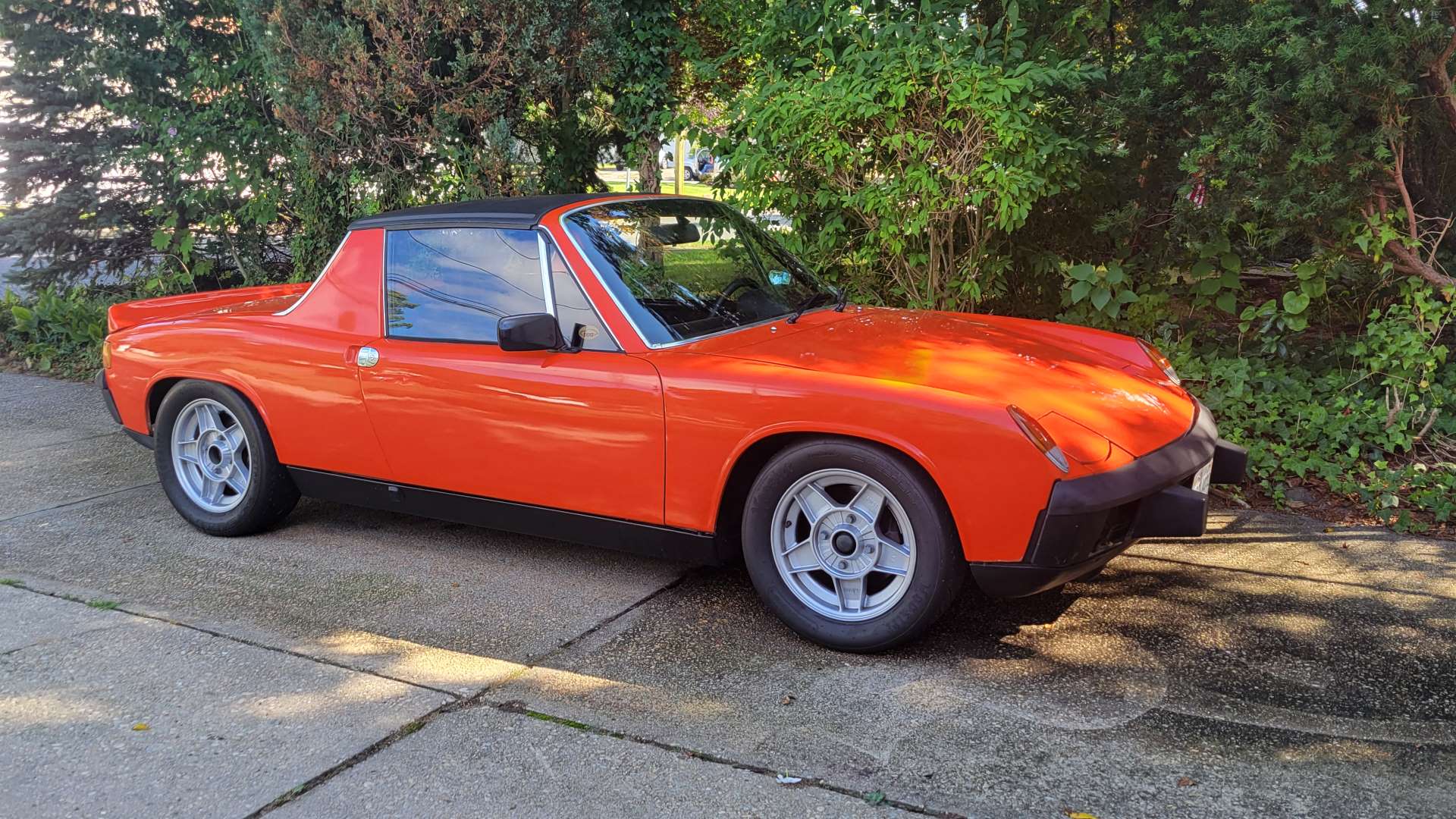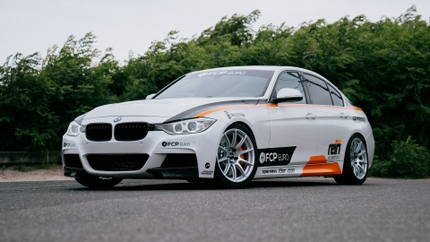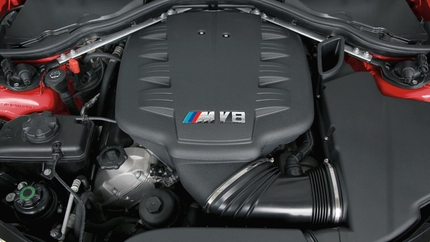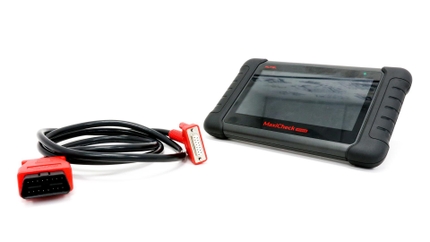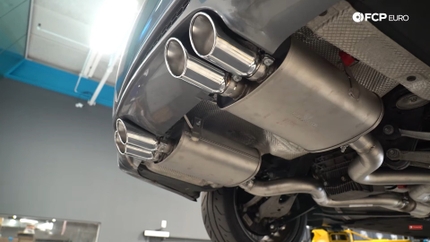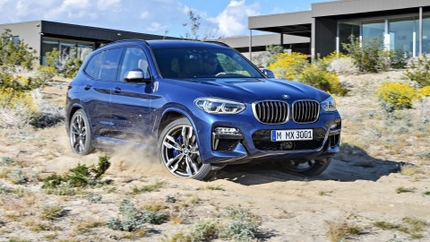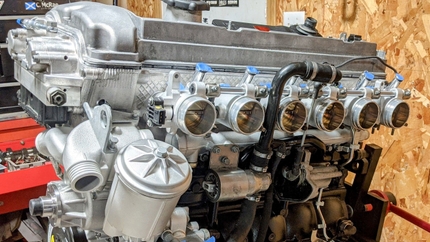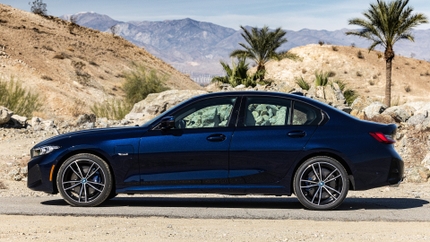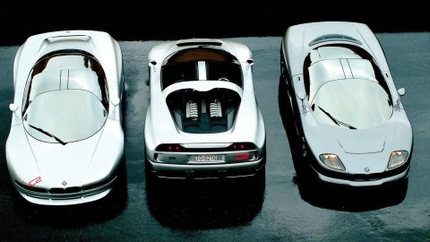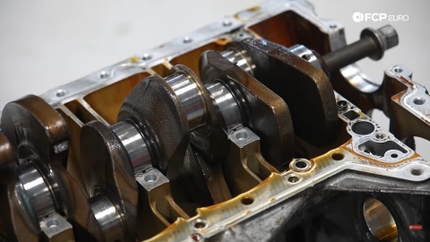BMW's 3-series is a perpetual competitor in the sport sedan market, a market that it created back in the mid-seventies. Sharp handling, sporty looks, and luxurious interior have made it the go-to choice for buyers looking for a grocery getter with some style, whether it's new or used. The G20 offers more tech and luxury than ever before in its seventh generation, as shown by its base price sitting above $40,000. If you're dead set on Bavaria's best but prefer to let others eat the depreciation, the F30 and E90 generations offer incredible value for money. Both feature plenty of tech and are connected to a considerable aftermarket scene dedicated to making them better than OEM.
BMW F30 (2012-2019)
The F30, BMW’s sixth-generation 3-series, debuted in 2012, going on sale next to the outgoing fifth-generation E90. The sedan came first, followed by the wagon and GT models in 2014. Across the entire range, every available engine was turbocharged, a first for the 3-series. Another first for the sport sedan, the coupe version, was now designated as the 4-series. However, the 3 and 4-series are nearly identical, with the number of doors being the most significant difference. The three types of 3-series use specific chassis codes; F30 for the sedan, F31 for the wagon, and F34 for the GT.
Throughout the F30’s run, BMW fitted them with five different gasoline engines. The lowest spec models, the 320i and 328i, use the N20 or N26 engine. The N20/26 is a 2.0L inline-4 cylinder fitted with a twin-scroll turbocharger. While they use the same engine, the 328i receives a higher output version with roughly sixty more horsepower and torque than the 320i. The N26 is the SULEV version of the N20, with the difference being specific emissions equipment. The 330i uses the B46/48, another 2.0L inline-4 cylinder fitted with a twin-scroll turbocharger. That is one of BMW’s latest engines, also offered in the seventh generation. The 335i uses the N55, a turbocharged 3.0L inline-6 cylinder that makes roughly sixty more horsepower and torques than the N20 and B46/48. Then lastly for the gasoline engines, the 340i uses the B58, another turbocharged 3.0L inline-6 cylinder, though this one makes about twenty more horsepower and torques than the N55. If you prefer fuel economy and torque, BMW did offer the 328d with the N47N, a 2.0L turbo-diesel making 180 horsepower and 280 torques.
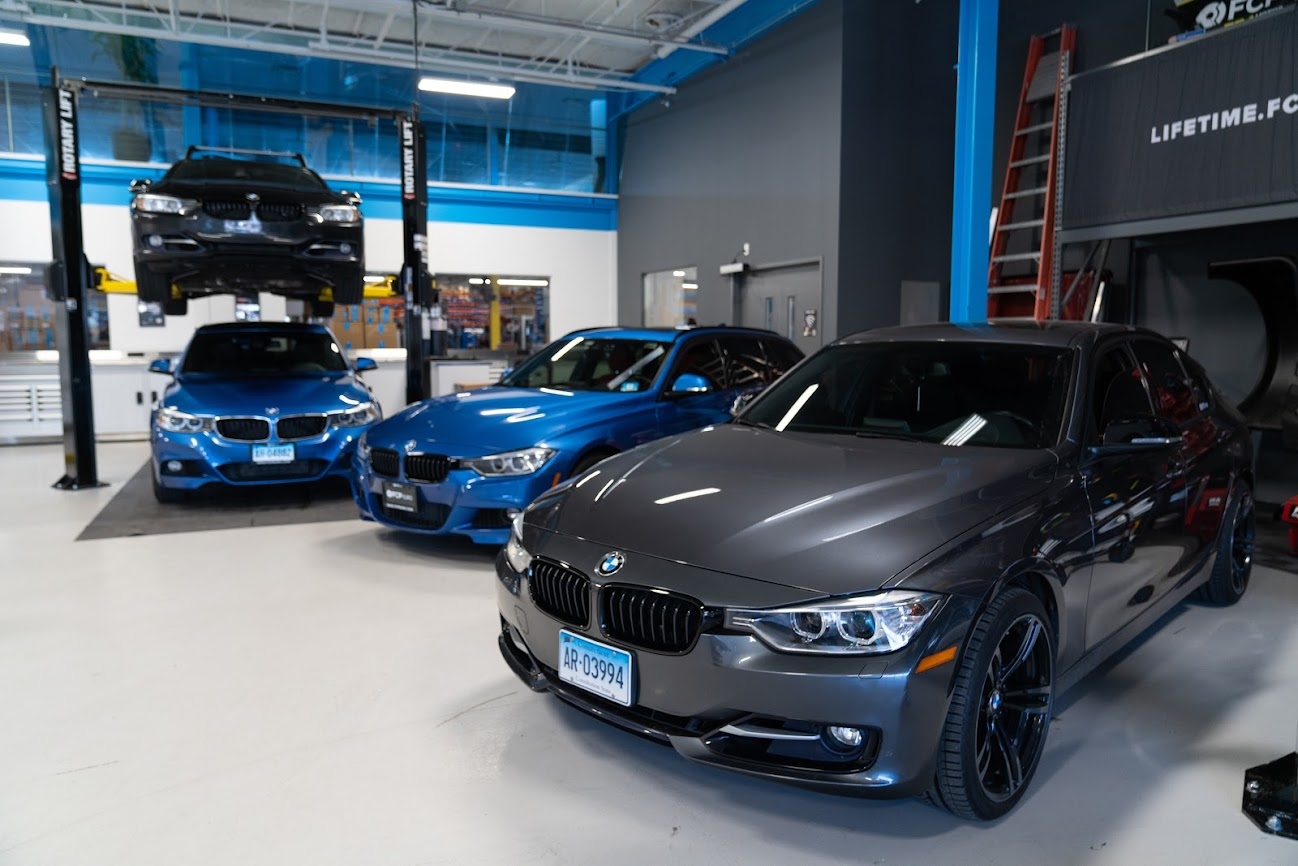
BMW offered two transmissions for the F30, a six-speed manual or an eight-speed automatic. Built by ZF, the 8HP automatic transmission is what you’ll find in a vast majority of F30s. While that might sound wrong for a sports sedan, the 8HP is considered the best automatic gearbox available today. Many other manufacturers, including Audi and Porsche, use the 8HP as well. It responds quickly and decisively to the driver’s inputs and can be shifted manually with the paddles behind the steering wheel. There isn’t much to say about the manual. It’s slick to shift with a light clutch pedal that gives just enough feedback. Put in a stronger clutch, and they’ll hold extra power, too.
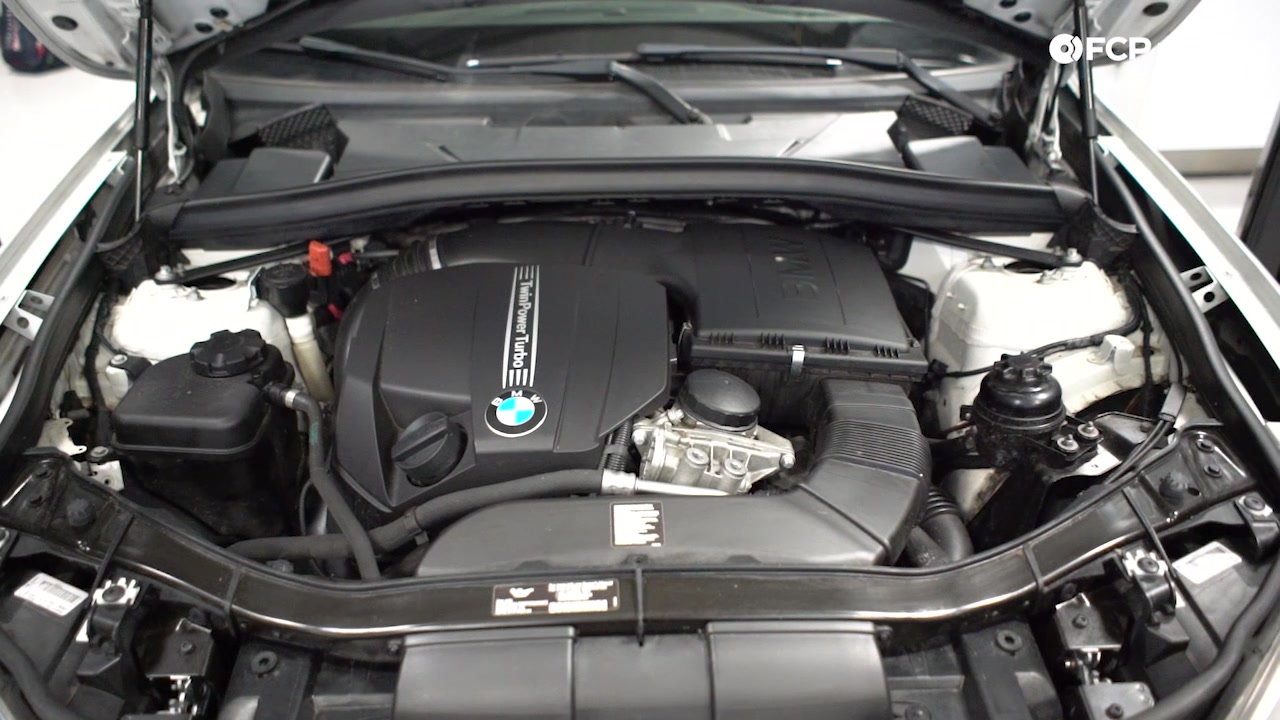
When buyers were speccing their F30s, they chose a trim line: Sport, Modern, or Luxury. The Sport line includes gloss black window trim, stiffer sport suspension, sport seats, and red stitching/piping and accents in the interior. The modern and luxury lines are very similar. One has satin aluminum trim, and the other has high-gloss chrome. The rest of their differences come down to various interior and color choices. Each package also features bumpers unique to their respective line. Additionally, owners could add the M-Sport package to their Sport line F30s. That gave them the M-Sport bumpers and rockers, body-colored mirror caps, M-Sport-specific color options, and the M-Sport steering wheel.
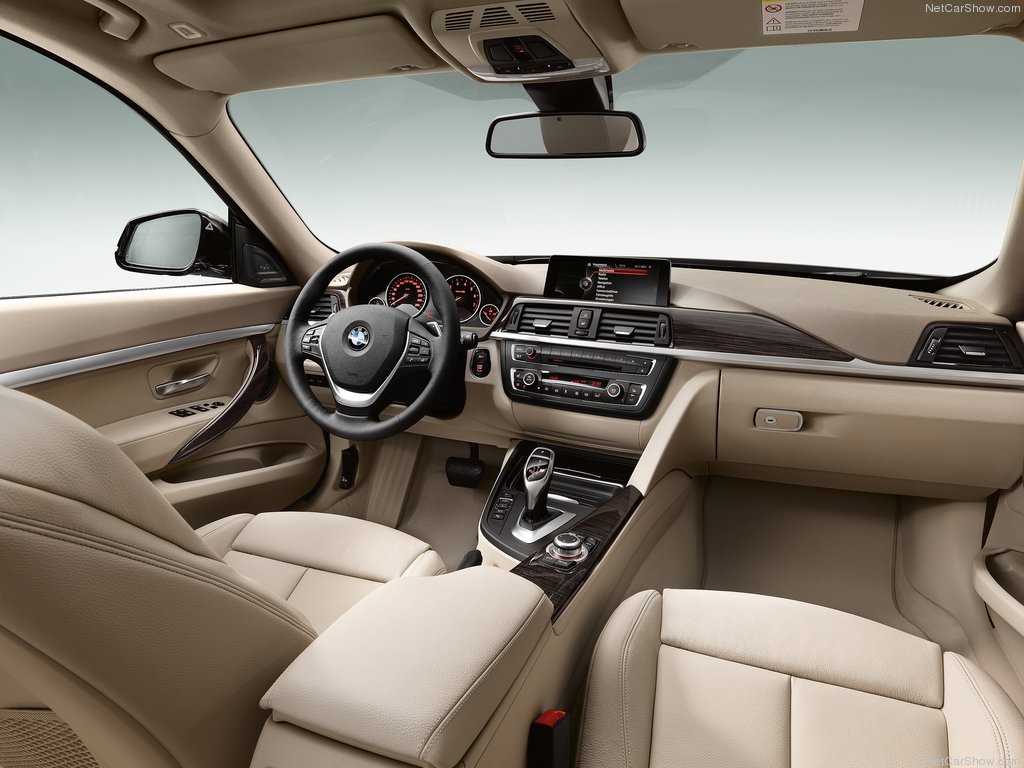
BMW introduced their facelifted Life Cycle Impulse, or LCI, models starting in 2015. The LCI update changed a couple of model designations with their equipped engines and introduced new exterior and interior updates. The range-topping 335i was changed to the 340i and switched from the N55 engine to the B58. The 328i became the 330i and saw its N20 swapped for the B48. The 320i, too, saw the swap to the B48, but it retained its model designation.
Externally, the LCIs received revised bumpers, headlights, and taillights. The base headlights use an updated halogen design with LED running lights, but the optional headlights, standard on the 340i, are a full LED design and feature auto-high beams. The taillights and brake lights are a new design and fully LED. Inside the cabin, you could spec the center console in gloss black. Additionally, there are different chrome trim accents, updated ambient lighting, and Bluetooth audio for the standard sound package.
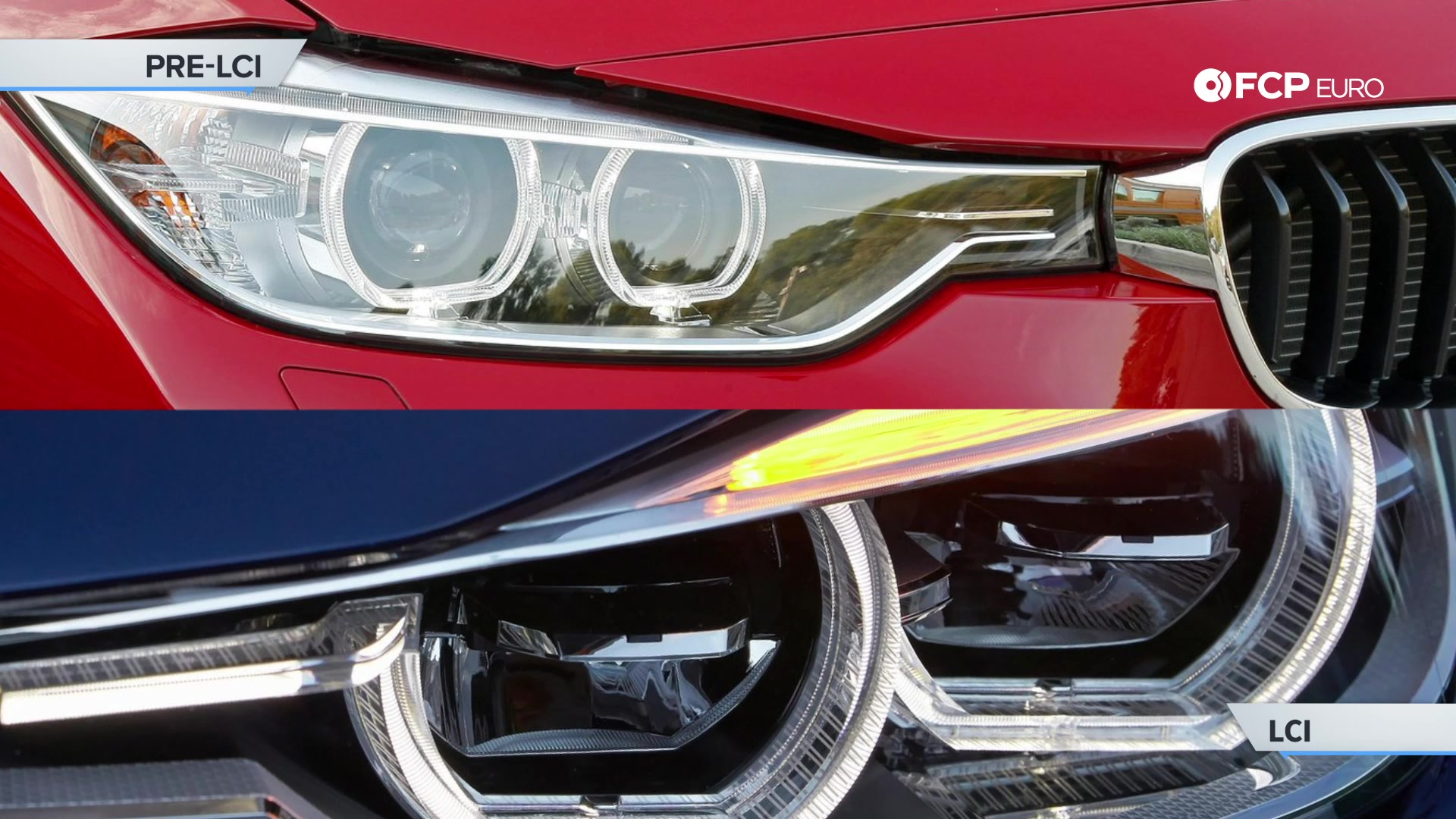
BMW offered a huge list of options for the F30 throughout its run. Buyers could choose what they wanted through BMW Individual if they desired, creating their perfect 3-Series. But the dealer-ordered cars weren’t usually specced like that. Instead, they received one or more of the options packages the BMW offered. Some of the packages to look for are the Premium, Cold Weather, Technology, and Track Handling Package.
|
Engine Code |
Displacement |
Cylinders |
Induction |
Horsepower |
Torque |
Found In |
|
N20/26 |
2.0L |
4 |
Single Twin-Scroll Turbocharger |
240 |
255 |
320i / 320i xDrive 328i / 328i xDrive |
|
B46/48 |
2.0L |
4 |
Single Twin-Scroll Turbocharger |
248 |
258 |
320i / 320i xDrive 330i / 330i xDrive |
|
N55 |
3.0L |
6 |
Single Twin-Scroll Turbocharger |
300 |
300 |
335i / 335i xDrive |
|
B58 |
3.0L |
6 |
Single Twin-Scroll Turbocharger |
320 |
330 |
340i / 340i xDrive |
BMW E90 (2006-2013)
The fifth-generation 3-Series, the E90, had a lot to live up to in its debut. The previous model, the BMW E46, was a smash hit in its debut and only got better as BMW updated it. Yet, BMW did what they do and improved upon the already great formula that was the E46. The new model debuted in 2006 in wagon and sedan forms. A year later, the coupe and convertible models hit the showroom floors. All models are equipped with a 3.0L inline-6 cylinder engine, with the range-topping models utilizing the help of turbochargers. Beginning with this generation, BMW began assigning different chassis codes based on body style. The E90 is the sedan, the E91 is the wagon, the E92 is the coupe, and the E93 is the convertible.
The BMW 325i and BMW 330i were offered only in 2006, and they used the N52, a naturally aspirated 3.0L inline-6 cylinder. The engine in the 325i produced 215 horsepower, where the N52 in the 330i made around forty more. In 2007, they were dropped in favor of the 328i. That used the N52N or the N51, depending on the market. These engines made 230 horsepower and are nearly identical, save for some extra emissions equipment on the N51. For the pre-LCI 335i, BMW fitted the now legendary N54. It is a 3.0L inline-6 cylinder like the N52 but uses two turbochargers to help produce power. In recent years, tuners have been all over the N54 as it holds power very well and can produce significantly more horsepower with the right parts. The LCI 335i came equipped with the N55, essentially an updated version of the N54. Instead of twin turbochargers, the N55 uses a single twin-scroll unit to produce a bit more power and improve upon the reliability issues of the N54. The Bavarian's also offered a diesel in this generation in the 335d. Only available in the facelifted sedan, it uses the N57, a 3.0L inline-6 cylinder turbo-diesel that makes about 400 lb-ft of torque.
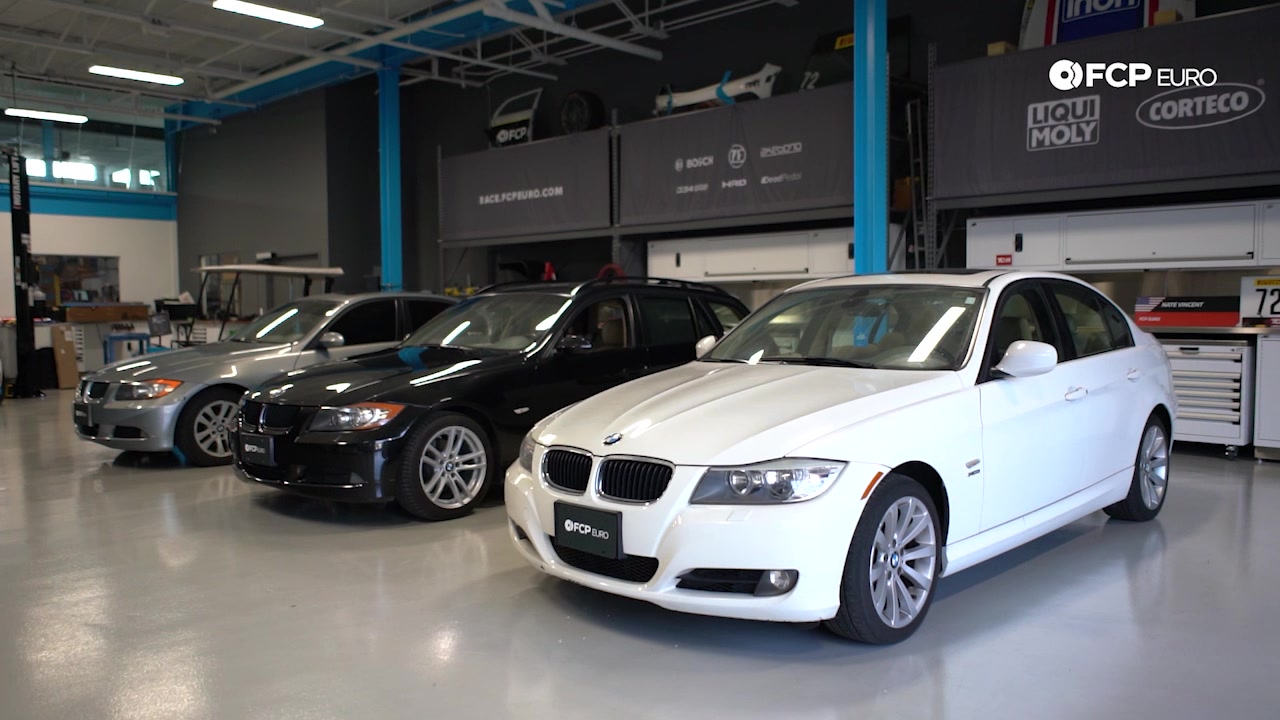
Behind those engines, you’ll find one of two transmissions, a six-speed manual or a six-speed automatic. The automatic box was built by ZF and is from their 6HP line. A predecessor to the 8HP found in today’s BMWs, the 6HP had two different variants used in the E90, the 6HP19, and the 6HP21. The latter is an updated version of the former, with a higher maximum torque rating. N52 powered E90s with three pedals used a gearbox built by Getrag. The N54 and N55 cars used a box built by ZF that was able to handle the extra torque from the turbochargers. Both the automatic and manual transmissions work well and have relatively no faults besides standard maintenance.
Unlike the F30, the E90 didn’t come with three optional trim lines. Each model had its standard equipment, and buyers chose their options packages to go along with that. BMW constantly tinkered with the E90 lineup, altering packages per year and occasionally right in the middle of a model year. Because of that, not all of the “Premium” packages offer the same equipment. The packages offered differed by the model because the 335i’s came with more standard equipment than the 328i’s.

The Premium Package included power leather seats with memory, auto-dimming mirrors, and BMW Assist/Bluetooth for most of the E90’s run. Depending on the model year, the premium audio was part of the Premium Package; otherwise, it was a standalone option. Commonly, you’ll read about a “Sport” or “M-Sport” package, and yes, they are two different packages. The Sport Package included a different steering wheel, sport seats, stiffer and lower suspension, bigger and wider wheels, and steering wheel paddles for automatic models. The M-Sport Pack added an M logo to the steering wheel, a slightly different shifter, and more aggressive bumpers.
BMW debuted the updated LCI models in 2009 for the sedan and wagon, while the coupe and convertible followed in 2011. As with every LCI update, the newer models feature revised headlights, taillights, bumpers, hood, trunk lid, and mirrors. There were several advances made beyond the cosmetic, too. To start, BMW changed their all-wheel-drive moniker to xDrive, rather than xi. The N52 was swapped to the N52N or N51, and the N54 became the N55. Various trim pieces were changed inside the cabin, and BMW’s iDrive system moved to a new generation.
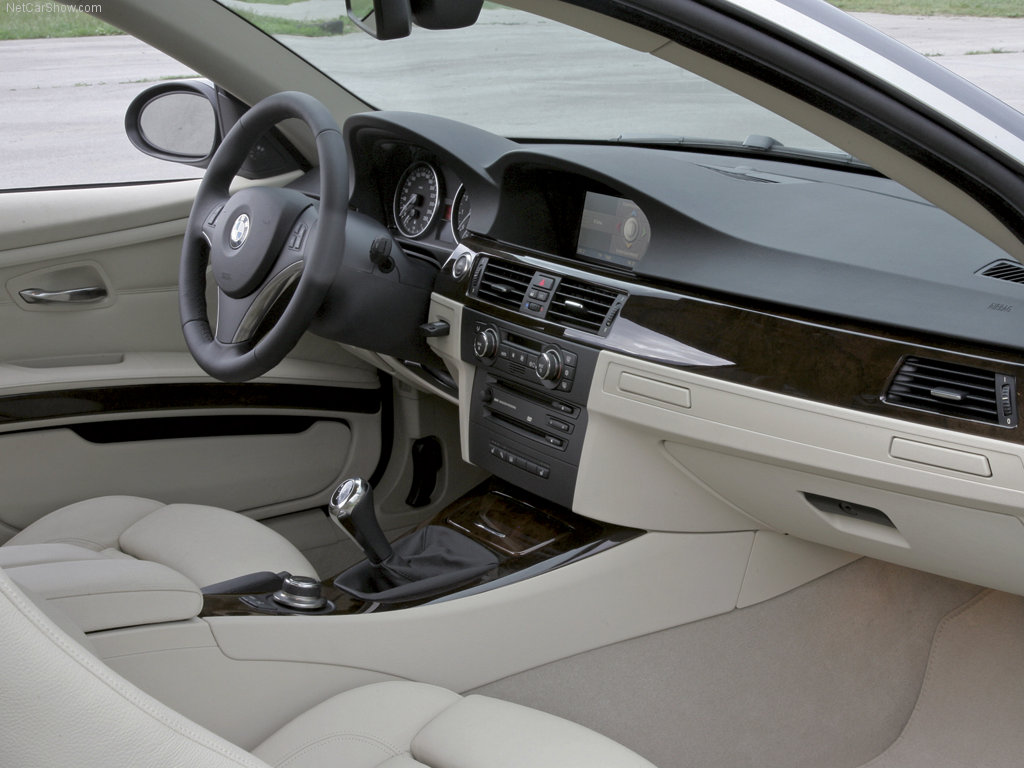
The iDrive system, part of the Technology Package for the E90, and its rotary knob paved the way for modern infotainment systems. The rotary knob used to control the radio and navigate through the iDrive menus has appeared in several other luxury vehicles in some capacity over the last fifteen years. Not all E90s received one of the two iDrive systems, as it was an optional extra on the lower-spec models. Pre-LCI models use the “CCC” iDrive system, and the LCI models use the updated “CIC” iDrive. The updated version uses a faster processor, improved graphics, and a hard drive that stores all navigation information. Both of these systems are fairly outdated now but do enough to stay useful.
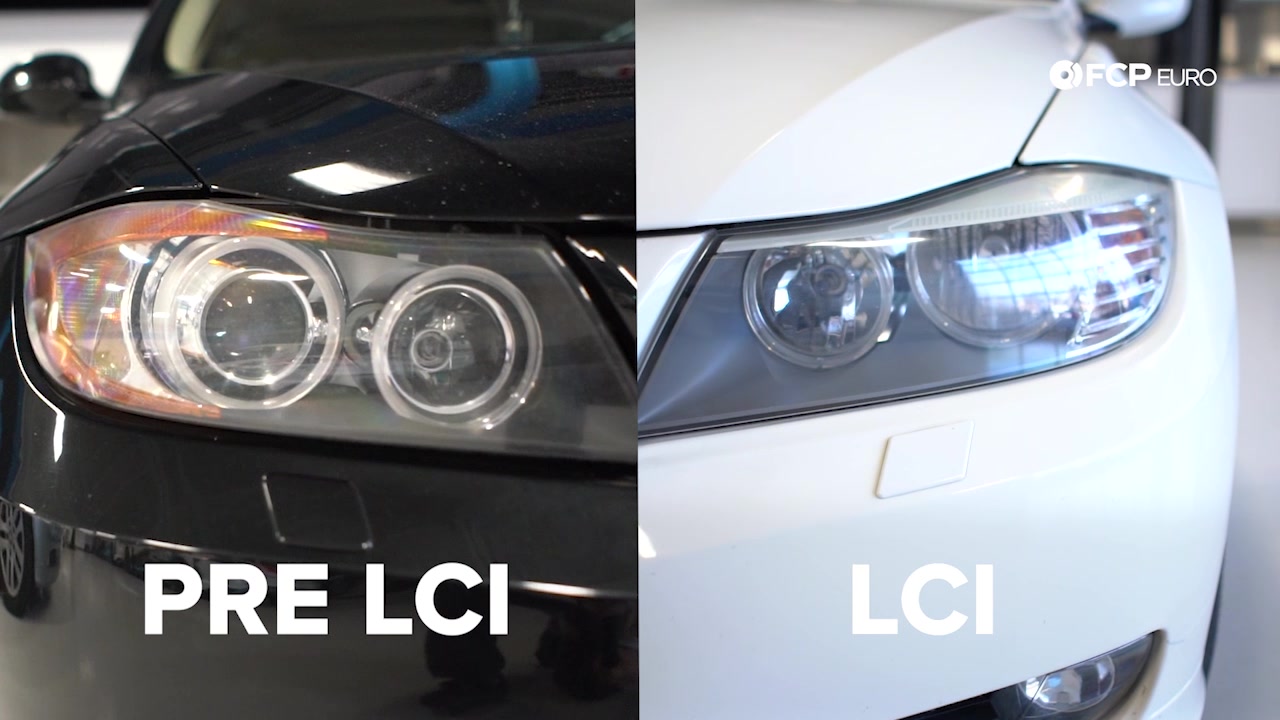
BMW also introduced the 335is to the LCI lineup. It is available as a coupe or convertible only, slotting above the 335i and below the M3, bridging their gap. Externally it sports an M-Sport body kit, black kidney grills, and 19” Style 313 wheels. The Sport Package suspension and interior treatment come equipped as standard, too, though the real difference is under the hood. BMW ditched the newer N55 for the older N54 engine and gave it a freer-flowing intake and exhaust, stronger engine mounts, and additional boost pressure giving it another twenty horsepower and thirty torques over a standard 335i. Behind the engine, a six-speed manual or the seven-speed DCT gearbox from the M3 sending the power to the rear wheels. A limited run of 4500 335is was made, so finding one today may prove tricky.
|
Engine Code |
Displacement |
Cylinders |
Induction |
Horsepower |
Torque |
Found In |
|
N52 |
3.0L |
6 |
Normally Aspirated |
215 |
200 |
325i / 325xi |
|
N52 |
3.0L |
6 |
Normally Aspirated |
255 |
220 |
330i / 330xi |
|
N52N/N51 |
2.0L |
6 |
Normally Aspirated |
230 |
200 |
328i / 328xi |
|
N54 |
3.0L |
6 |
Twin Turbocharger |
300 |
300 |
Pre-LCI 335i / 335i xDrive / |
|
N54T |
3.0L |
6 |
Twin Turbocharger |
320 |
330 |
335is |
|
N55 |
3.0L |
6 |
Single Twin-ScrollTurbocharger |
301 |
310 |
LCI 335i / 335i xDrive |
BMW E90 vs. F30: How Do They Stack Up?
Either chassis can be a great daily or a capable dual-purpose track rat, each having its strengths and weaknesses. Fundamentally, they are the same, but some significant differences make them better at different things. Thankfully, here at FCP Euro, we have more than a handful of people with ownership and track experience with both of these chassis to help highlight the best similarities and differences for you.
Chassis
The E90 is a decent amount shorter than its successor. BMW read the market, understanding luxury was overtaking sportiness, and delivered a larger 3-series for the sixth generation. Both width and height grew little, 0.2 and 0.3 inches, respectively, but the length saw the biggest change. From bumper to bumper, the F30 grew nearly four inches, while the wheelbase grew by two. However, despite the growth in size, the F30 didn’t get any heavier. The lower-spec F30 328i kept the same curb weight as the E90, and the F30 335i managed to shave off weight from the E90, coming in lighter by 55 pounds.
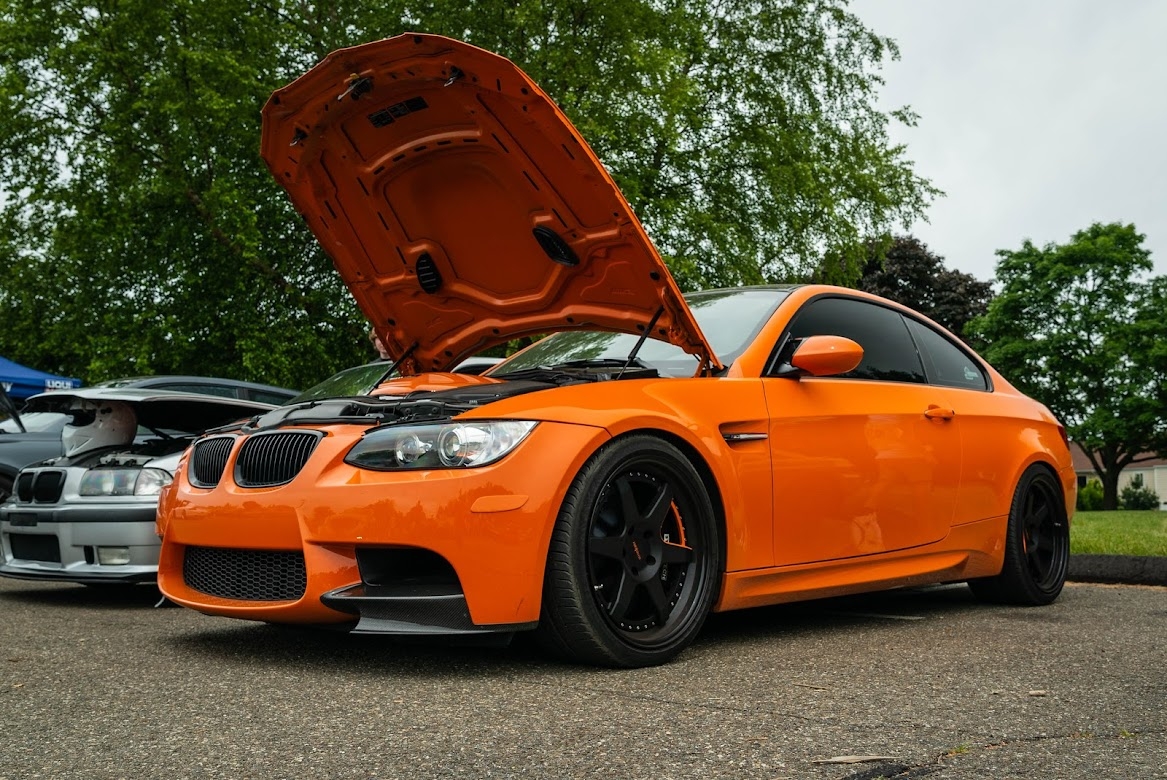
Chassis size and weight contribute heavily to the overall chassis dynamics/how they drive. In testing, the E90 and F30 handle very similarly. Their skidpad numbers are nearly identical, and so are their spring rates and sway bar sizes. To feel the difference, you need to get behind the wheel. In pursuit of more efficient engines and a more luxurious driving experience, BMW ditched the hydraulic power steering system for an electrically-assisted unit. Removing the hydraulics saves weight and reduces complexity in the engine bay but causes the steering feel to suffer. Although the rack has a quicker ratio, owners and journalists alike have described the steering feel as lacking feel and sharpness in comparison to the E90.
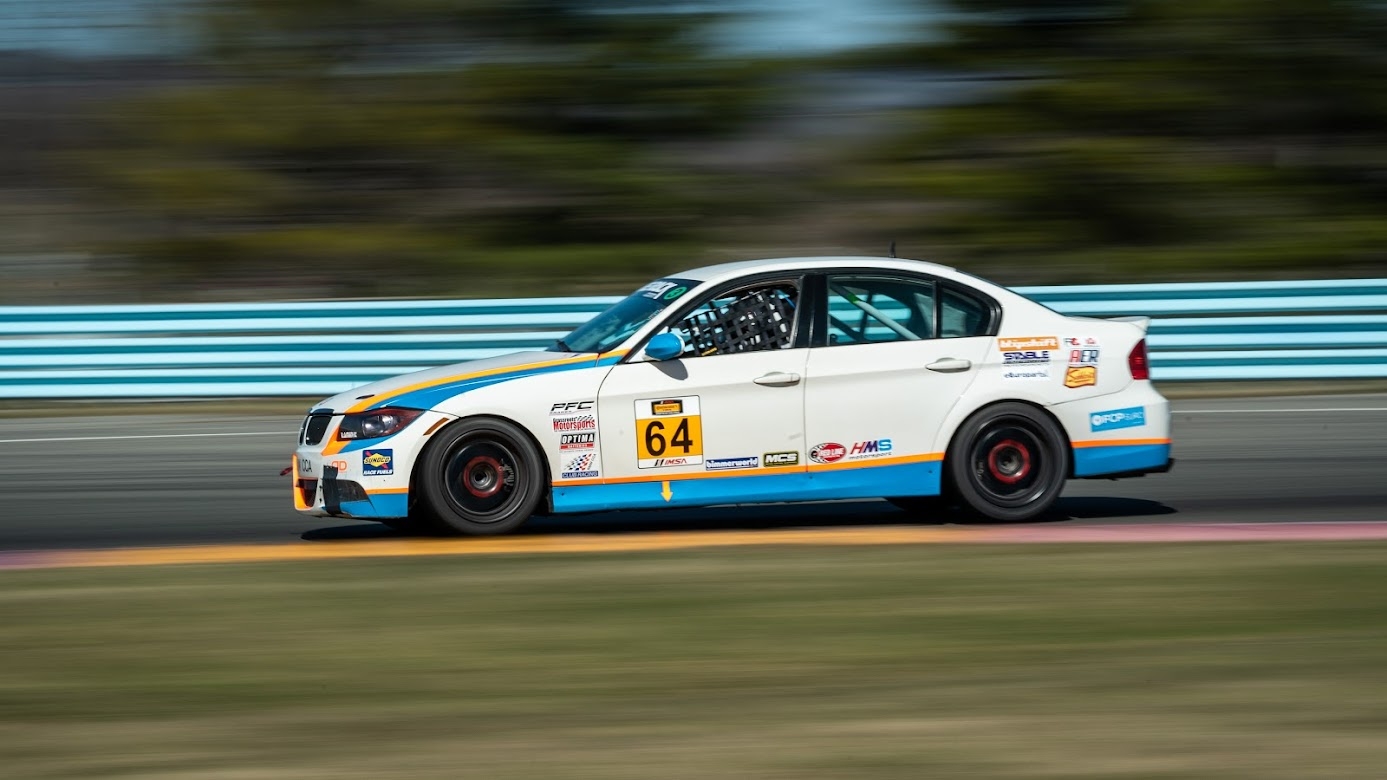
BMW learned a lot from the suspension development in the E90 and carried over the same basic design to the F30. However, there are slight differences in the geometry, making it just a bit more competent. The F30 uses a higher roll center front and rear to reduce body roll. In the rear suspension, they added more anti-squat geometry while adding more anti-dive upfront.
What does that mean for your daily driver? Not much unless you're capable of feeling minute differences in suspension design from the driver’s seat. Both chassis are set up substantially similarly and offer slightly different versions of the same package.
Interior
By the time the F30 debuted, infotainment systems were becoming a true focal point. Understanding how the market looked for more luxury, they ditched iDrive as an option and fit them into every F30 as standard equipment; included with that was Bluetooth connectivity. Satellite navigation was also a standard feature starting with the LCI F30s. The E90s didn’t get the same treatment. iDrive was relatively new to the 3-series for the E90, and it was only fitted if optioned. As such, you’re much more likely to find an F30 with the iDrive system.
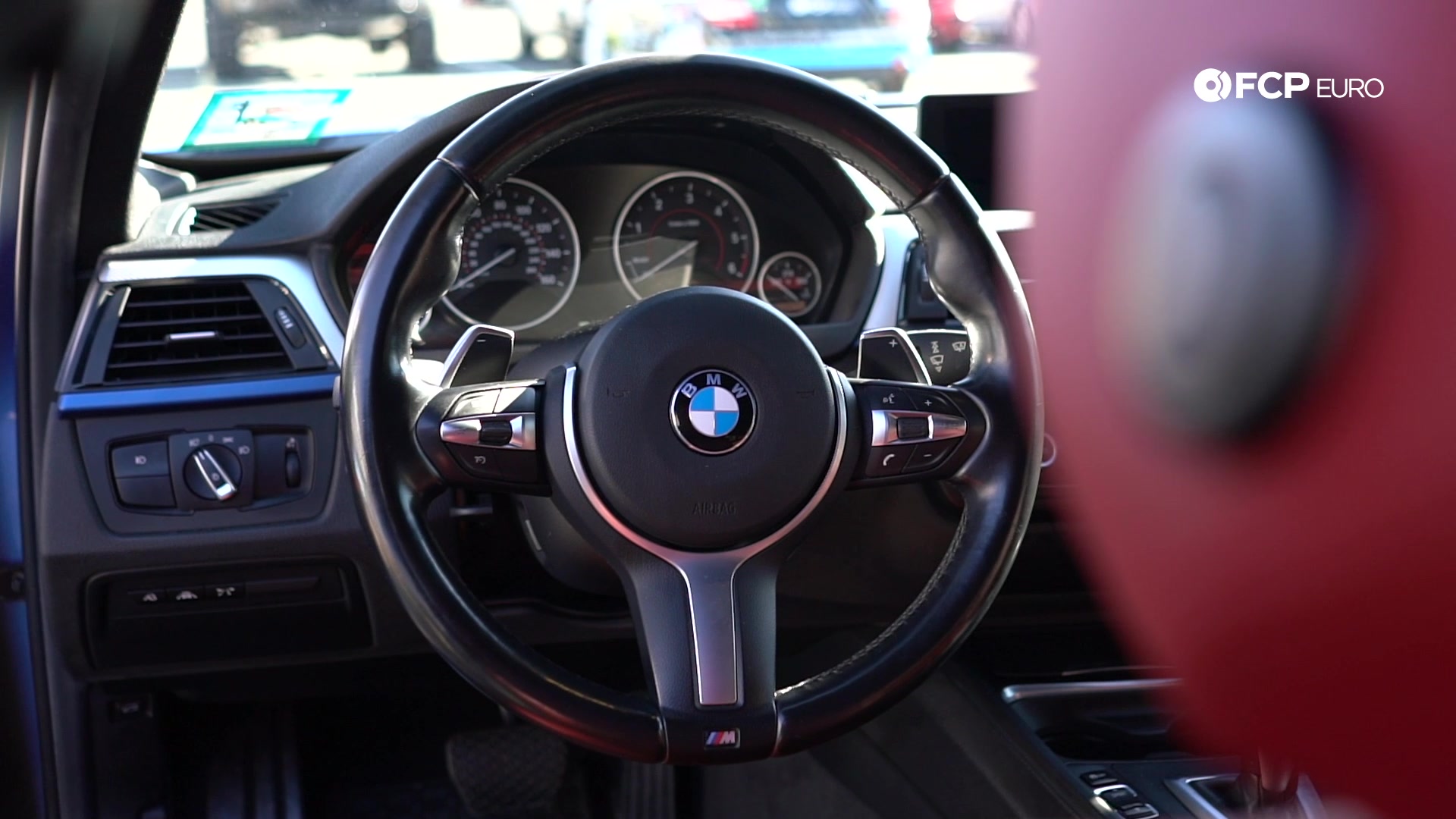
Inside, the base models were both fitted with leatherette seats, with them being electrically adjustable in the Premium Package. The Sport line F30s received several options for a red interior, though no other model received that option. The M-sport package for both chassis adds an M steering wheel, a piece many owners install separately. Both generations also use Dakota leather for their premium seating.
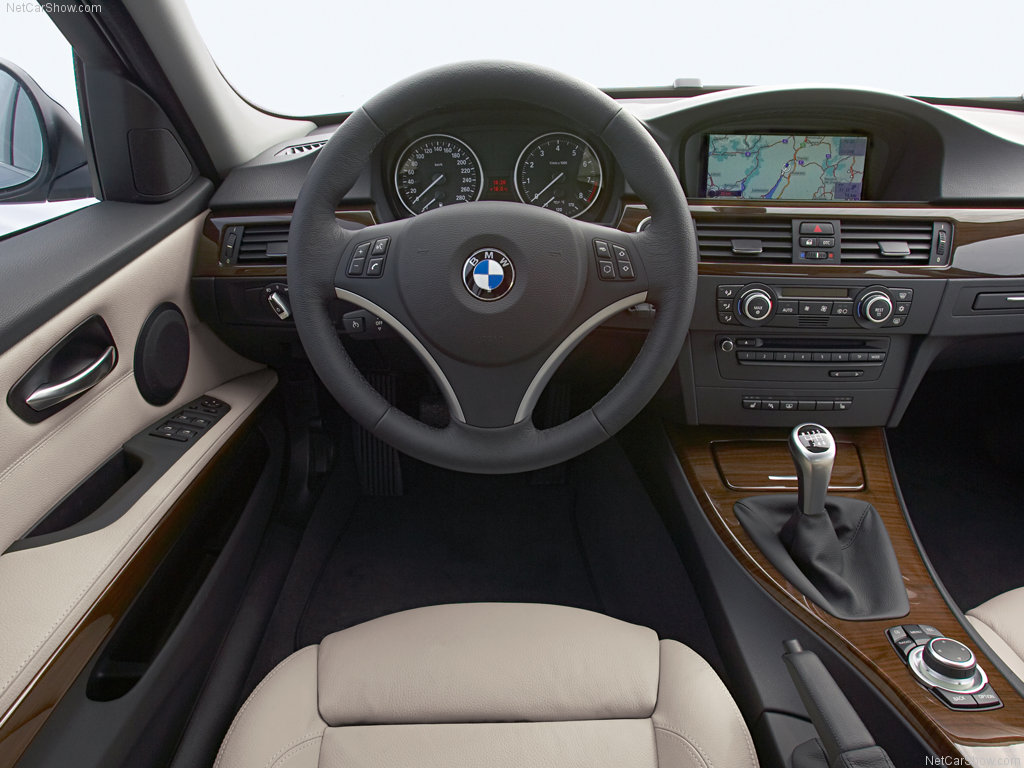
The materials between the two generations are nearly identical. The biggest split between them comes down to the technology available. The F30 is the only choice if you can’t live without Bluetooth and a good navigation system, although Apple Car Play and Android Auto head units are available aftermarket. The latest iDrive system in the F30 also uses Apple Car Play and Android Auto. The E90 is quite a bit more basic, with many examples not using an iDrive system. Less technology means less to go wrong, at least in theory.
Engine and Transmission
The E90 used the N-series engines from start to finish. Each of them is a 3.0L inline-6 cylinder, though the induction changes by model. The 328i was the last 3-series to use a normally aspirated engine in the US. F30s all use turbocharged engines, some 2.0L inline-4 cylinders, and others 3.0L inline-6.
Both forms of the N52 found in the 325i and 328i E90 are going to be the most reliable engine fitted to the E90 and F30. It is naturally aspirated and has a relatively low output despite its displacement. It can trace its roots right back to the M50-based series of engines that BMW began to use in the mid-eighties, though it’s far from archaic. The cylinder head uses variable valve lift and variable valve timing, and the induction system on the higher output versions received a variable-length intake manifold.
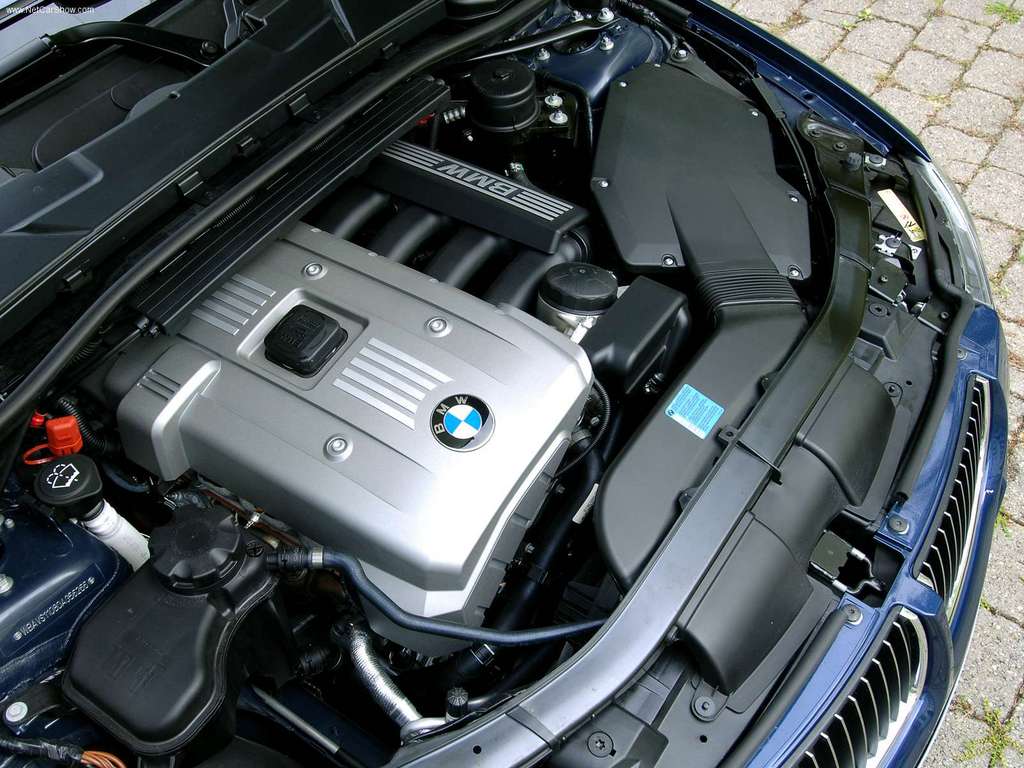
The N54 found in the pre-LCI 335i and the 335is E90 is the most tuner-friendly engine of the bunch. Its iron cylinder liners and twin-turbochargers make it strong in its stock form, capable of handling a significant increase in boost pressure without any major modifications. With some standard bolt-on parts, tuners can push 500 horsepower out of them. The N55 is a very similar engine, using a single turbocharger instead of the twins. The reduced mechanical complexity and updates from N54 development make the N55 a more reliable engine. It can produce the same power, too, though the N54 still beats it out for pure tuneability. Common issues with the N54 are a wastegate rattle, high-pressure fuel pump failures, and fuel injector failures. Both the N54 and N55 will suffer from carbon build-up in the intake because of their direct-fuel injection.
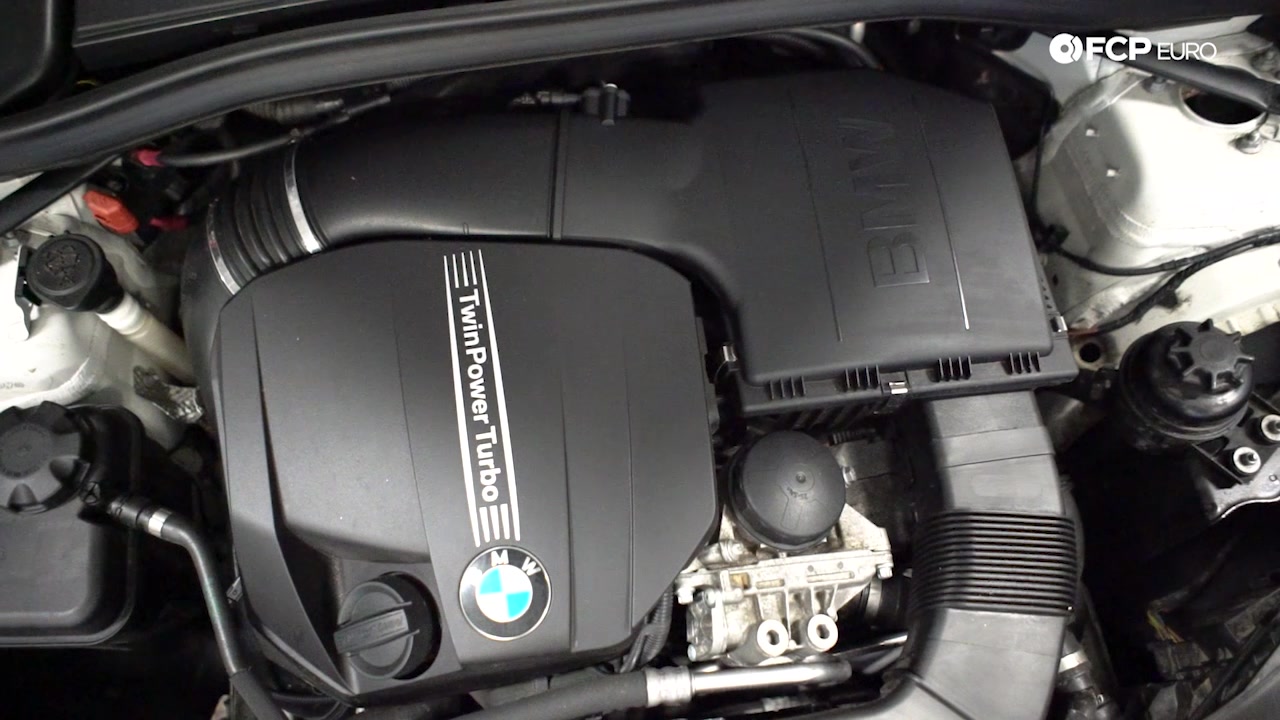
The F30 328i is a great car but the N20/26 that powers it isn’t the most reliable BMW ever made. Without their issues, the N20/26 is a torquey four-cylinder thanks to a twin-scroll turbocharger. The direct fuel injection delivers a fuel-efficient performance with plenty of power to push you into your seat in combination with that turbocharger. However, its issues are fairly serious. The biggest elephant in the room is the timing chain assembly. The plastic guides installed by BMW are known to start cracking by 60,000 miles. Combined with a stretched chain, the broken guides can cause a catastrophic failure. They also suffer from the oil filter housing gasket and fuel system issues of the N54/55. Service records are a must with any N20/26 purchase.
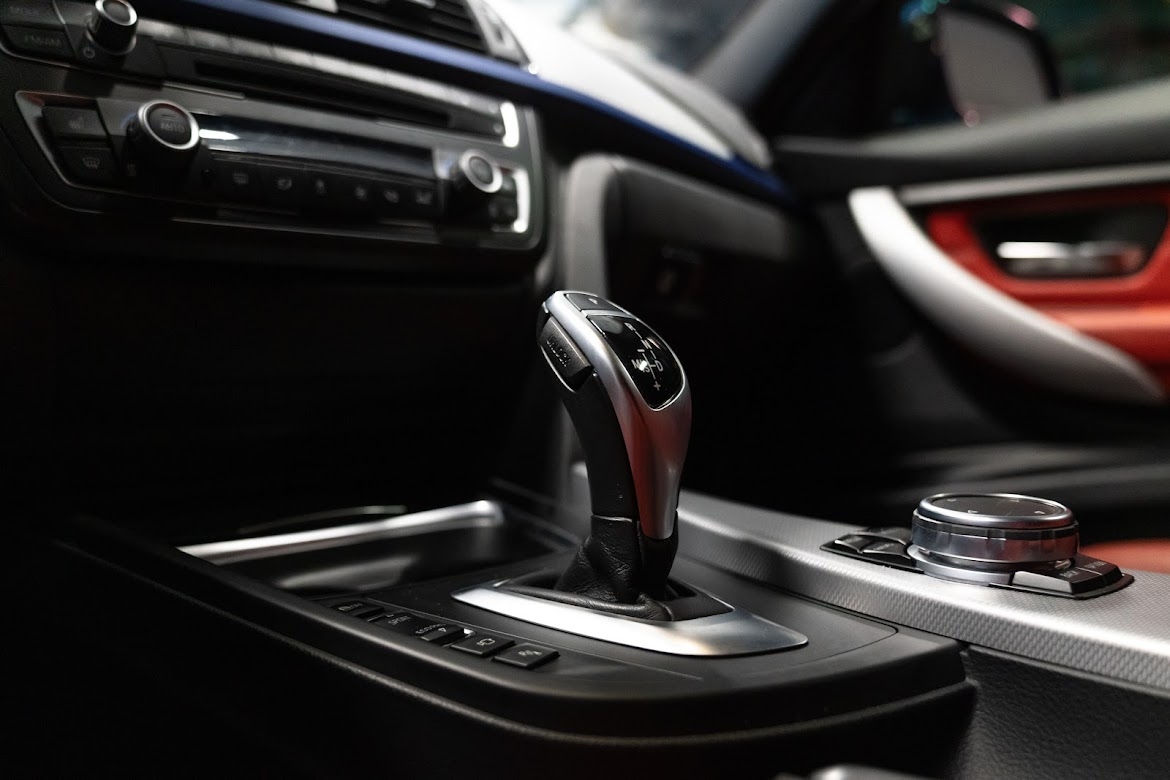
Behind all of these engines are a few different transmissions. The ZF 8HP used in the F30 is arguably the best transmission available. It’s quick to shift, has few faults, and can handle the extra power from an N54 with bolt-ons. If you need to row your own, the ZF six-speed manual in the 335i is your best bet. It can handle more power than stock, although not too much, and delivers plenty of feedback to the driver. Its clutch pedal isn’t too heavy either, so traffic isn’t the end of the world. The older 6HP automatic in the E90s is a fairly outdated gearbox these days. It does its job and works best in an unmodified vehicle.
BMW E90 & F30 Prices
Without looking too hard, you can find an E90 for well under five figures. However, those are well-used examples with well over 100,000 miles and several owners. That isn’t necessarily a bad thing, though there is a greater risk associated with them. These cheaper examples will be the pre-LCI models, though that isn’t exclusive. Expect minor maintenance and a deep clean to be needed upon purchase, at the minimum.
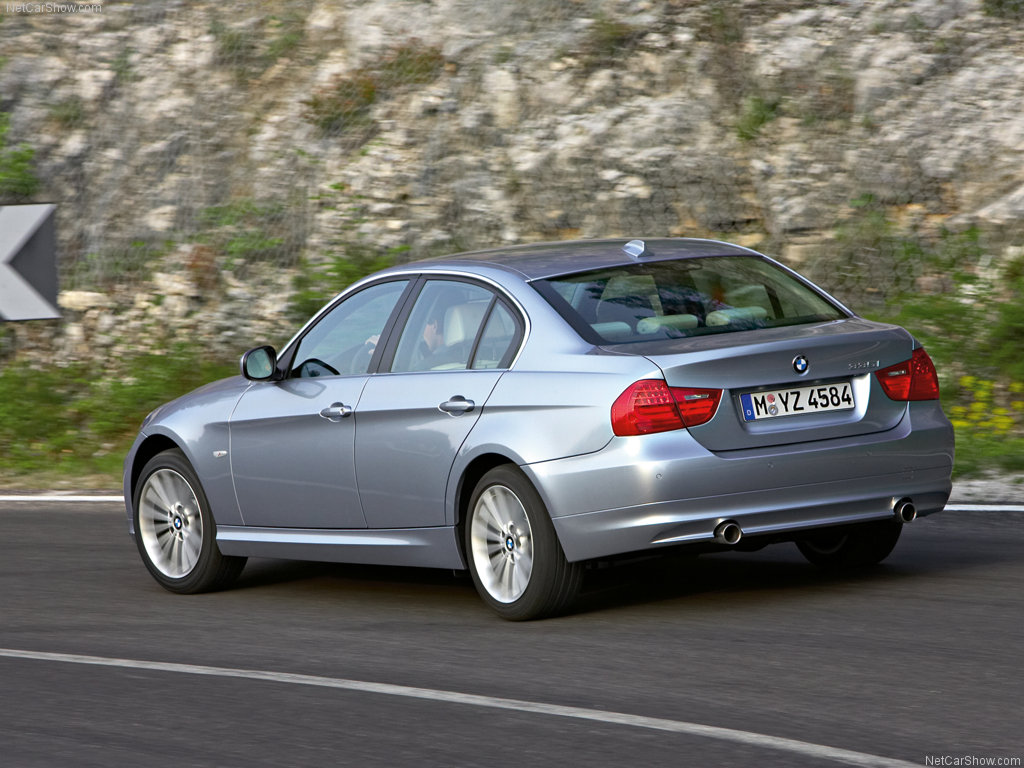
Between $10,000-$20,000 are where you’ll find the best examples of the E90. They’ll have 60,000-90,000 miles on the odometer and be in good general shape. Many of the models in this range will be the newest E90s, so the LCI coupes and convertibles. The N54 and N55-equipped models will command a premium over the N52s because of their ability to make and hold more power. You can bet it’ll cost more money if there’s an M badge on it too.
The F30 is still a relatively new car, with the oldest examples around ten years old. At the bottom end of their market, expect to pay between $15,000 and $25,000 for an F30 with 60,000-100,000 miles on the odometer. Unlike the most used E90, on average, the F30s are in better shape. Less mileage doesn’t always equal proper care, but it does offer more time to catch failing parts before something catastrophic happens. Coupes, convertibles, sedans, and wagons can be found within that price range, though the coupes and convertibles will be higher.
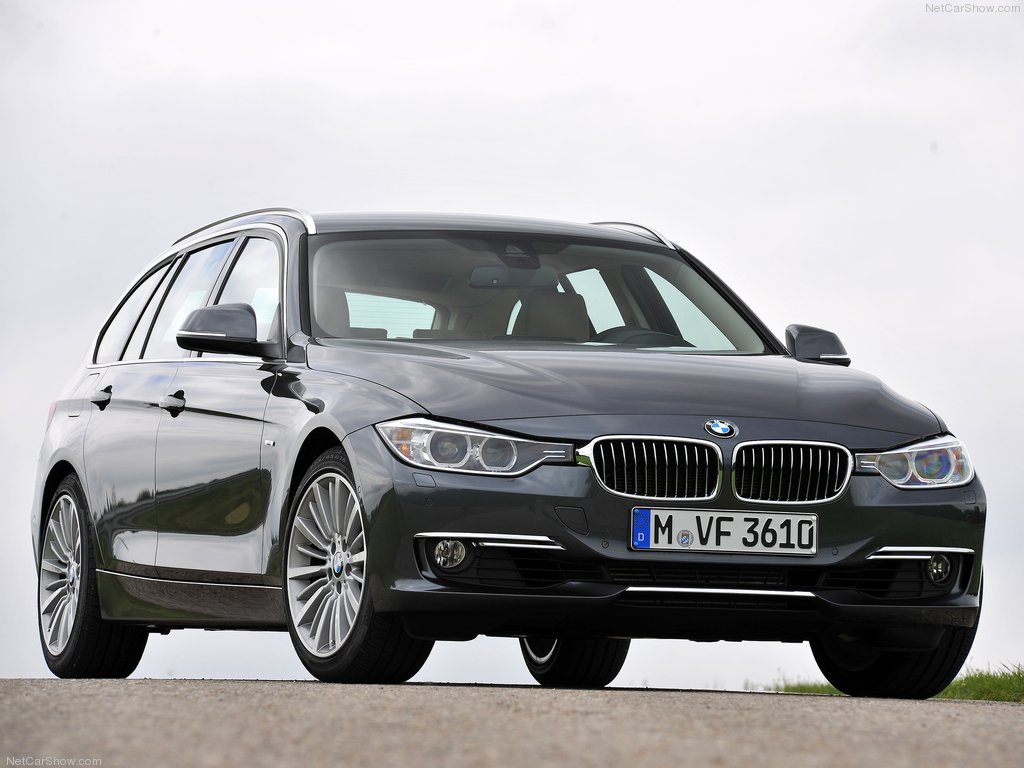
The last of the F30s hit the dealerships halfway through 2019 and are still fairly new. Find one with an extended warranty, and you’ll be driving around with a majority of that left. For $25,000 to $35,000, you can find yourself in an LCI model with under 50,000 miles on the clock. All LCI cars have navigation as standard, along with the newer tech that’ll keep you close to the current stuff for longer. These examples can go higher than $35,000, however. You’ll have to wait just a bit longer to find a deal on those fully loaded F30s.
No matter which generation you end up in, you're getting a sedan with great handling dynamics best suited as a daily driver. They're great everyday cars capable of putting a huge smile on your face. Hopefully, with this comparison, you know juct heat you need to find the 3-series you've been dreaming about. If there's anything that you'd like to see added, or if you have any questions, leave them in the comments below. And, if you'd like to see and read more, check back here often and make sure to subscribe to our YouTube channel.

